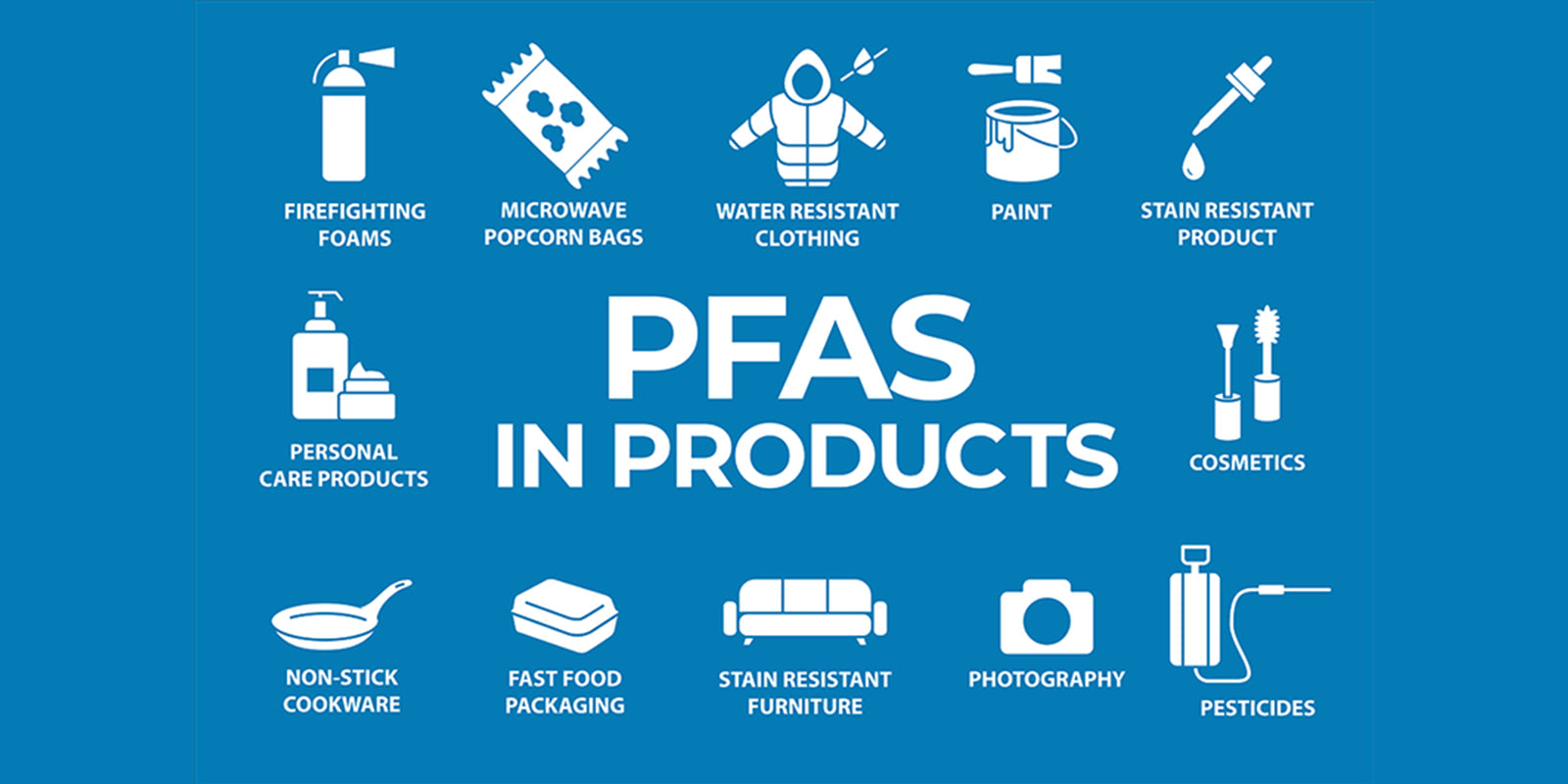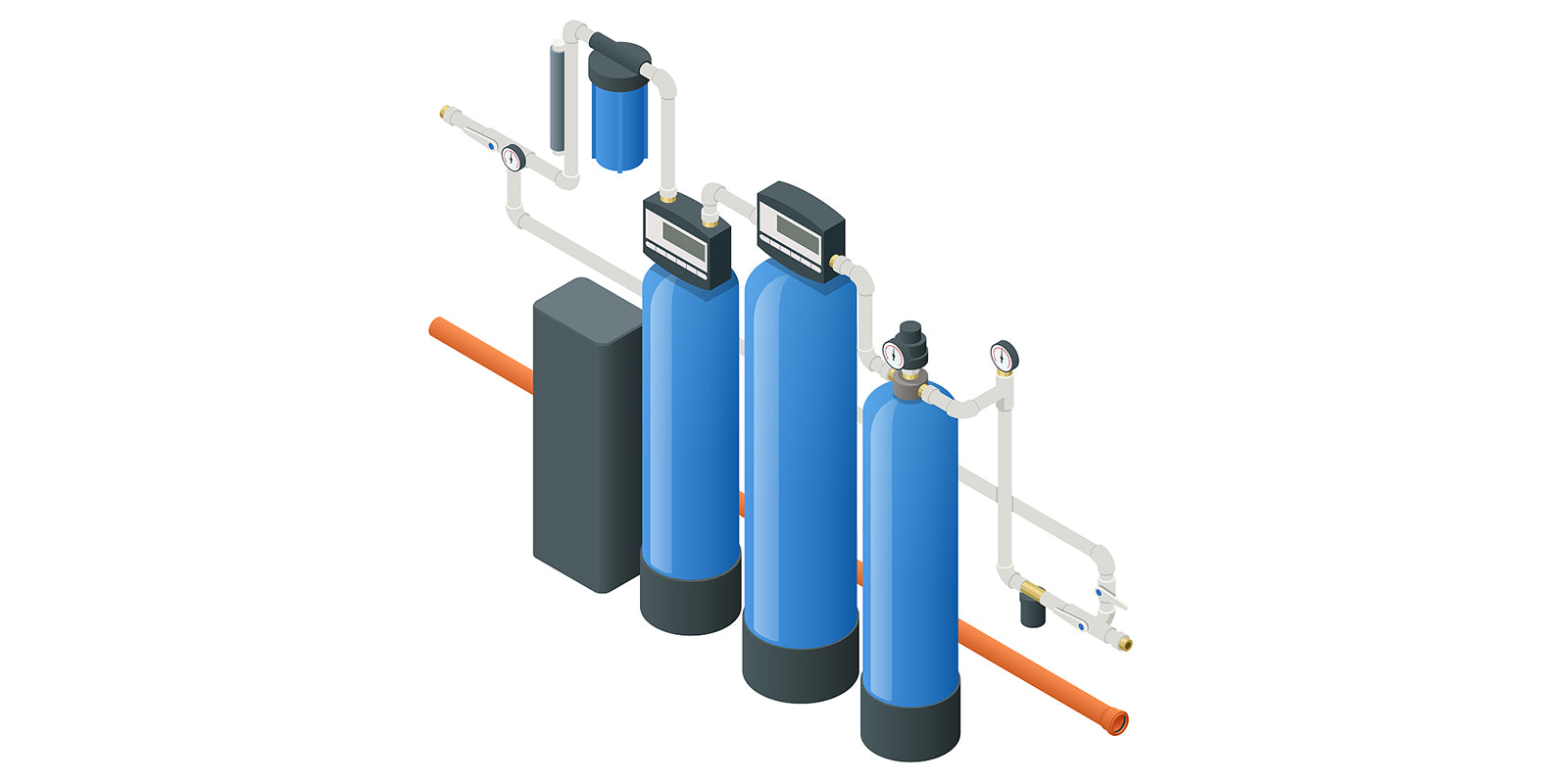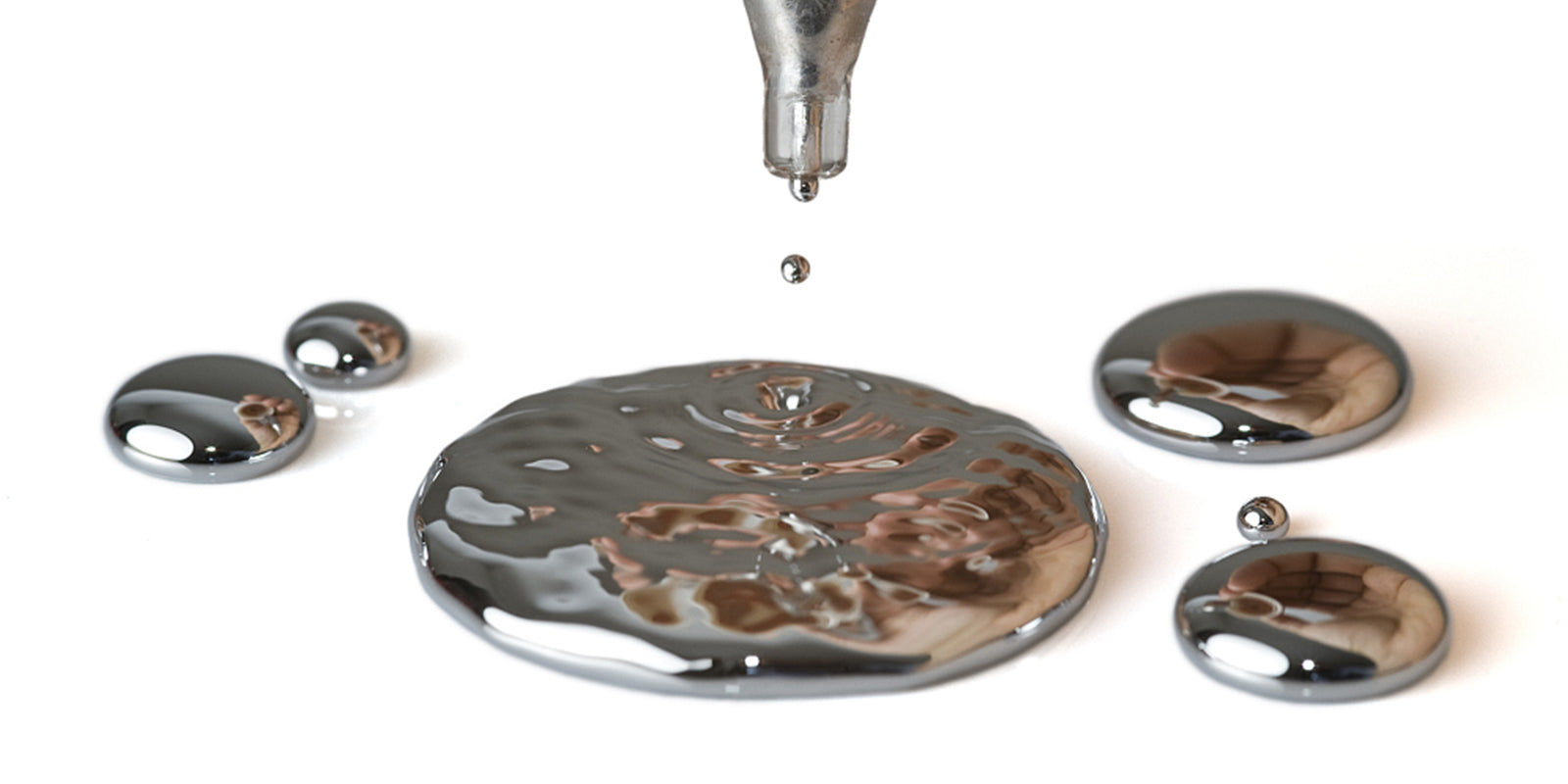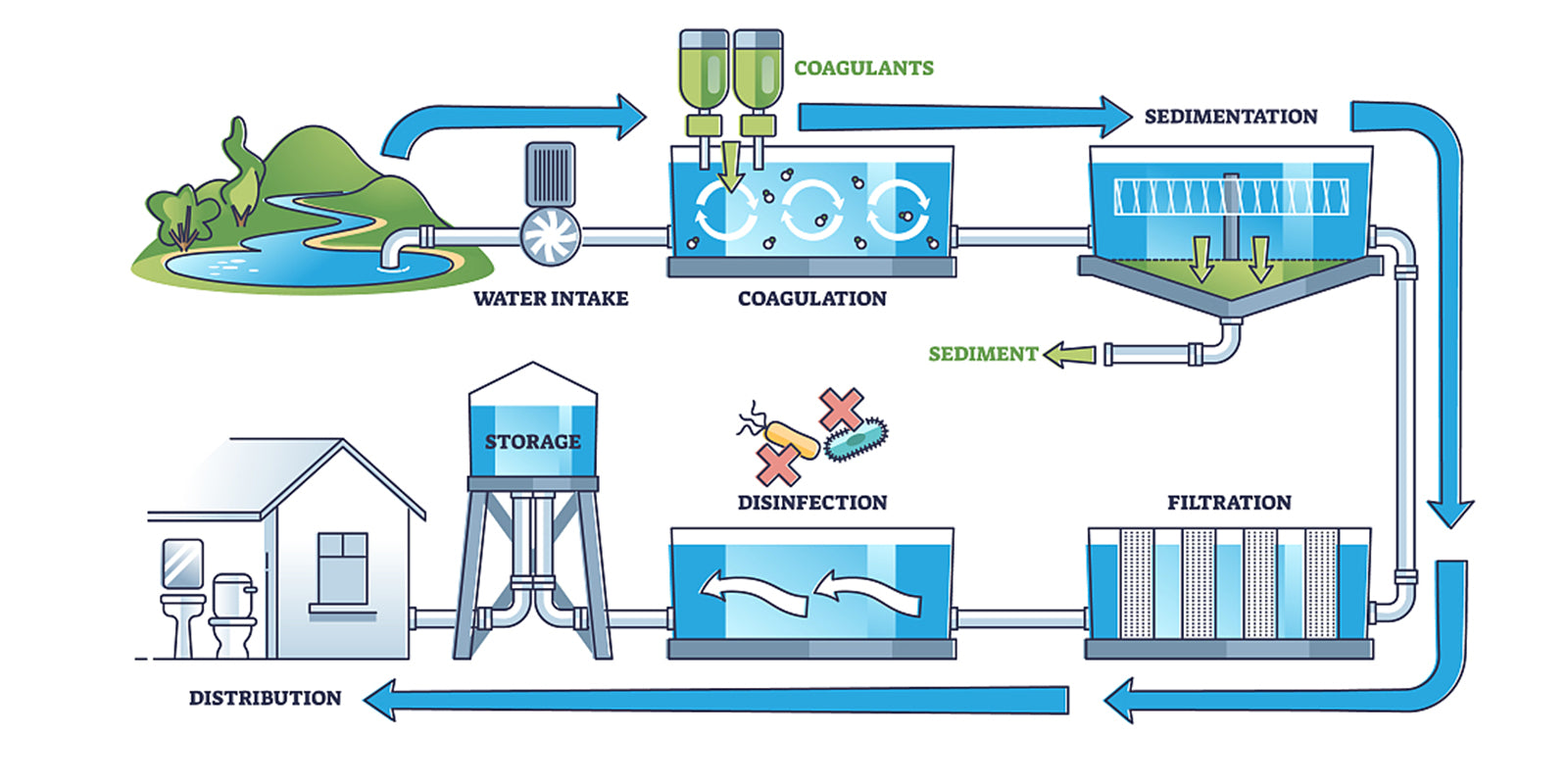PFAS contamination has become a growing global concern as these persistent environmental pollutants can seep into our drinking water and pose potential health risks.
This article explains how PFAS exist, their impact on humans, and most importantly, how to remove them.
What Are PFAS?
Per- and polyfluoroalkyl substances (PFAS) are a group of human-made chemicals that have been in use since the 1940s. Known for their resistance to heat, water, and oil, PFAS are widely used in various industries, such as aerospace, fire protection, textiles, carpets, clothing, and food packaging. There are thousands of types of PFAS. The most common types are PFOA (perfluorooctanoic acid) and PFOS (perfluorooctanoic sulfonic acid). Chemically, individual PFAS can be very different. However, all have a carbon-fluorine bond, which is very strong and therefore, they do not degrade easily. The widespread use of PFAS and their persistence in the environment means that PFAS from past and current uses have resulted in increasing levels of contamination of the air, water, and soil.
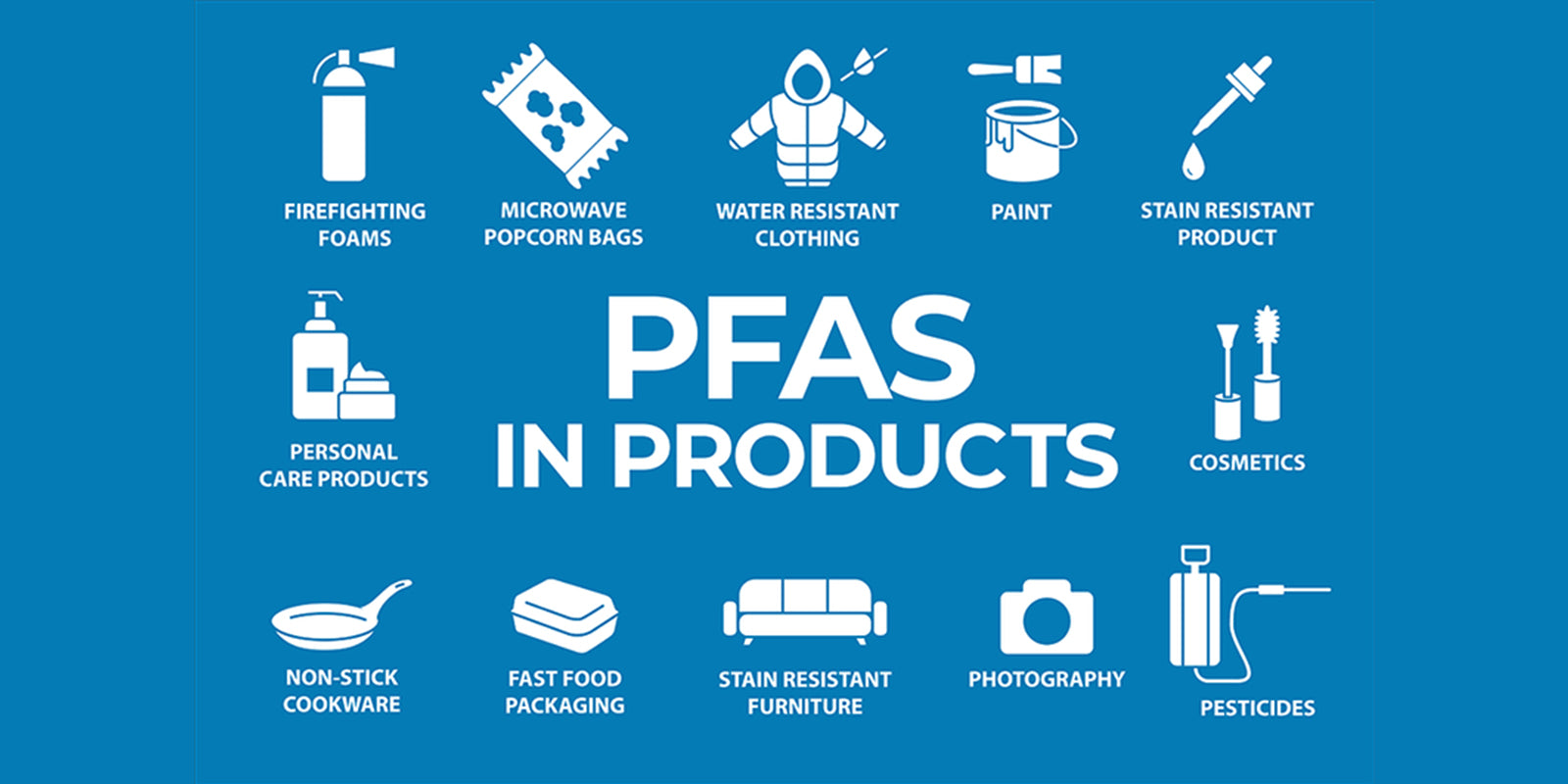
Where Can PFAS Be Found?
PFAS can be found nearly everywhere due to their widespread use and durability. They can infiltrate drinking water through industrial releases to water, air, or soil, discharges from sewage treatment plants, land application of contaminated sludge, leaching from landfills, and the use of certain firefighting foams.
Additionally, PFAS can enter your home through household products that contain these chemicals, such as nonstick cookware, water- and stain-resistant fabrics, carpets. PFAS are more common than you think.
What Are The Health Risks Of PFAS?
Numerous studies reveal possible links between human exposures to PFAS and the following adverse health outcomes:
Altered metabolism
Increased risk of being overweight or obese
Increased risk of some cancers
Reduced ability of the immune System to fight infections
Reproductive problems
Low birth weight
Endocrine disruption
Increased cholesterol
How To Remove PFAS From Water?
Reverse Osmosis:
Reverse Osmosis (RO) is a technology used to remove a large majority of contaminants from water by pushing the water under pressure through a semi-permeable membrane(called reverse osmosis membrane). It is currently the cleanest way to purify household water, effectively removing thousands of impurities, including PFAS.
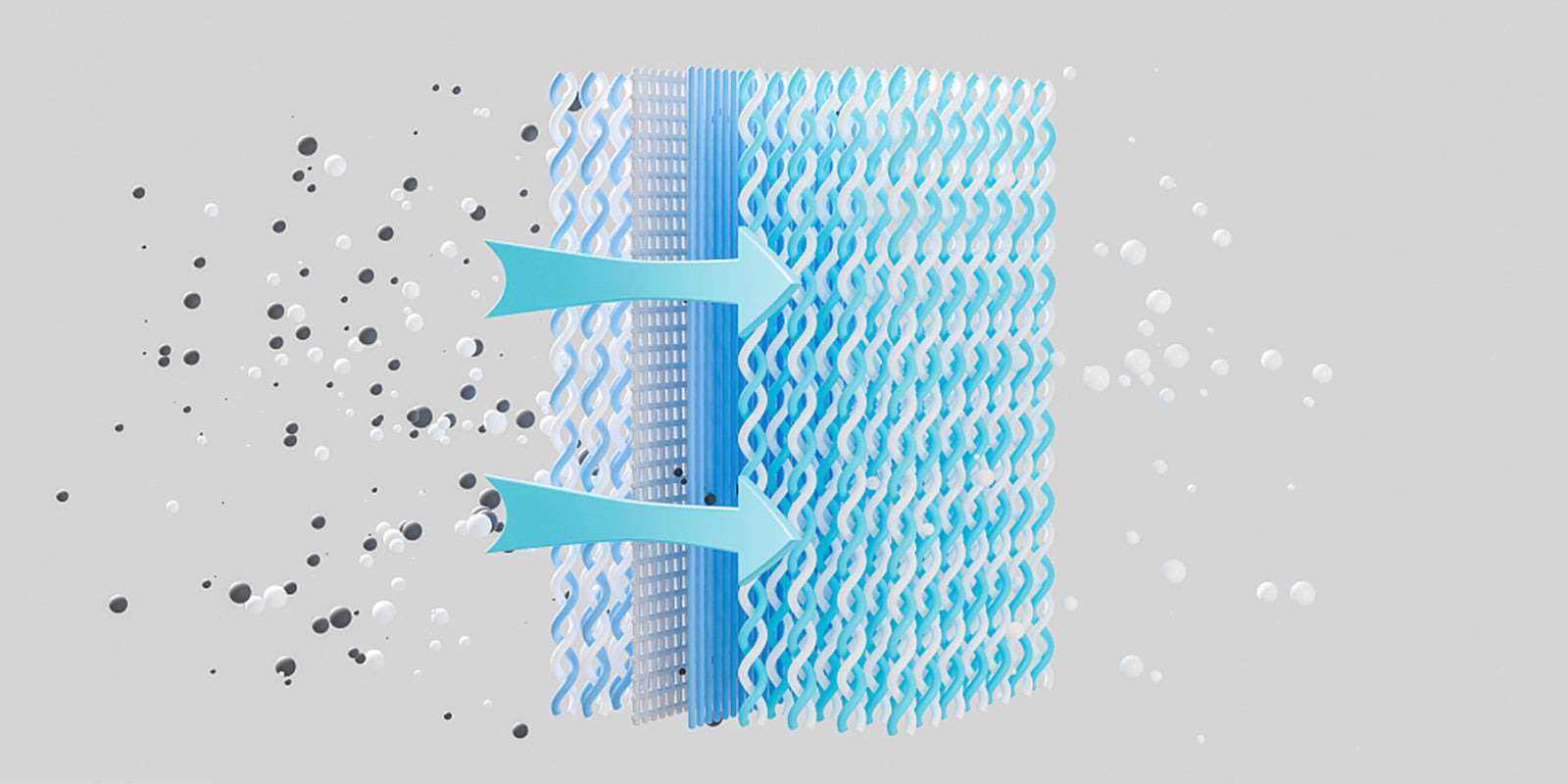
Activated Carbon:
Activated carbon is commonly used to adsorb natural organic compounds, taste and odor compounds, and synthetic organic chemicals in drinking water treatment systems. It can effectively reduce about 70% of PFAS contaminants in water.
Currently, carbon filters commonly used in households include: Faucet Water Filter, Water filter Pitcher, etc. They are cheaper than reverse osmosis and have lower maintenance costs.

